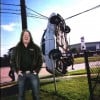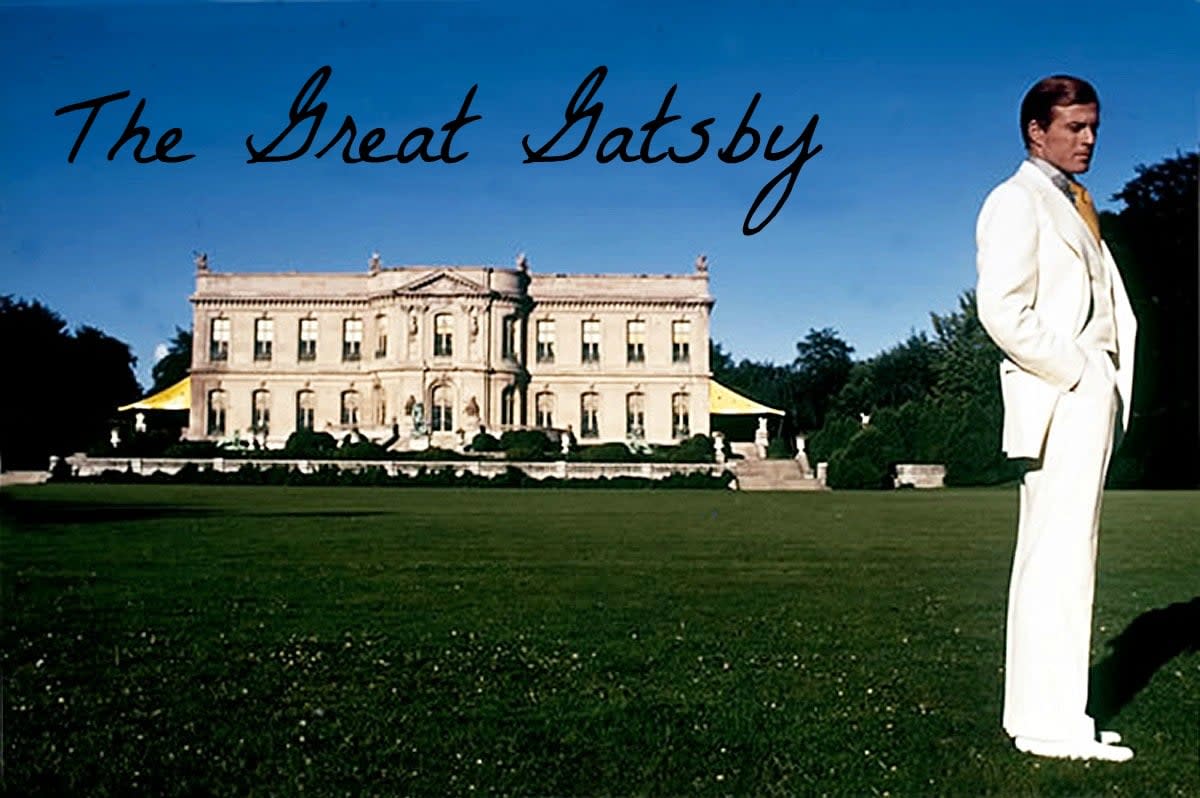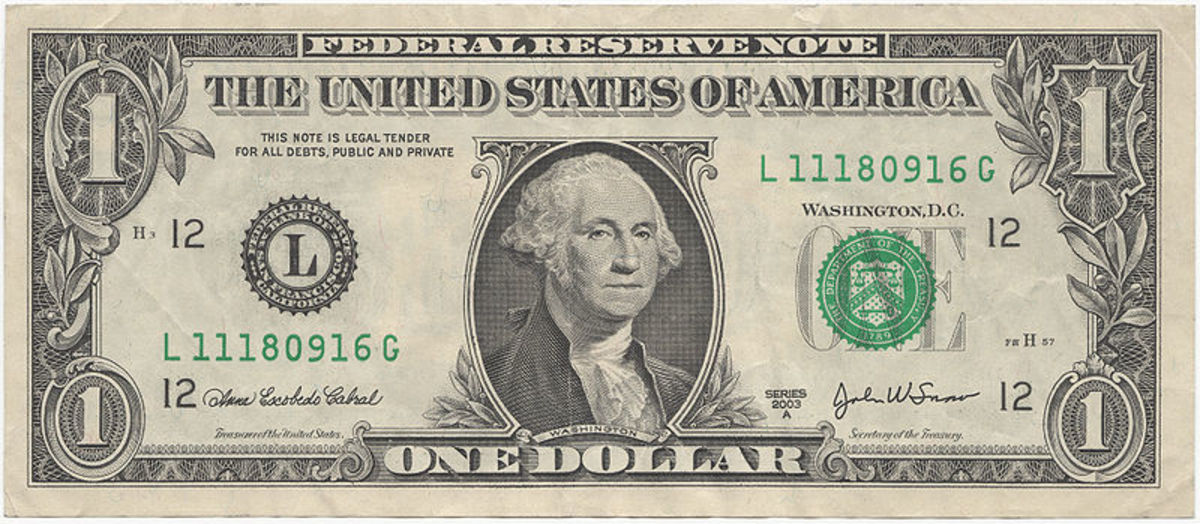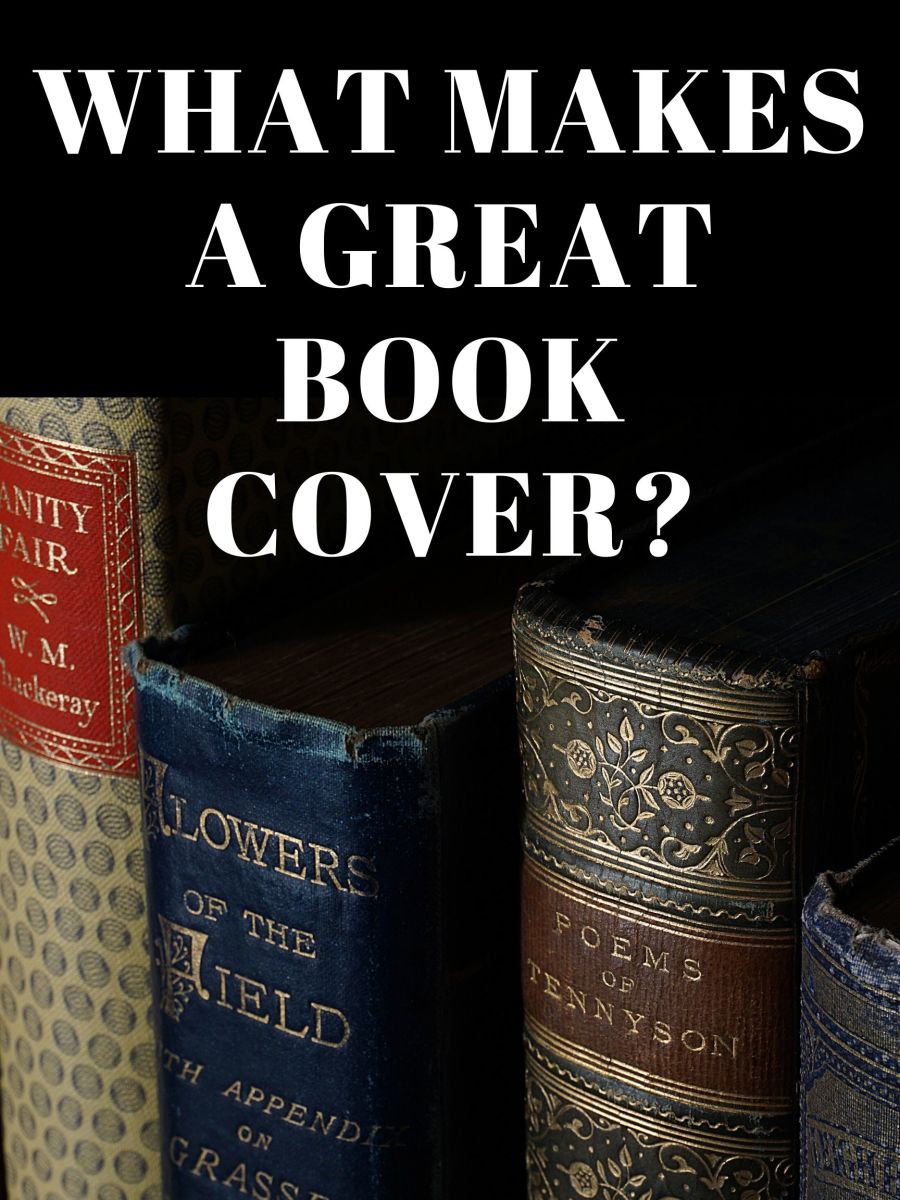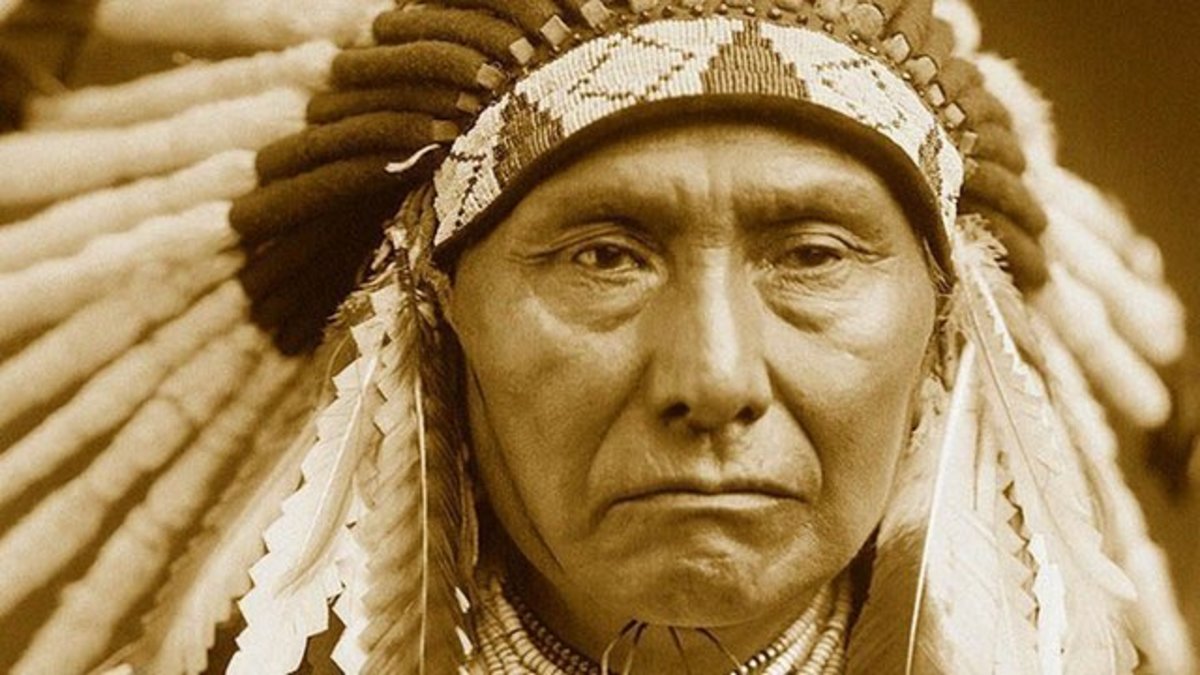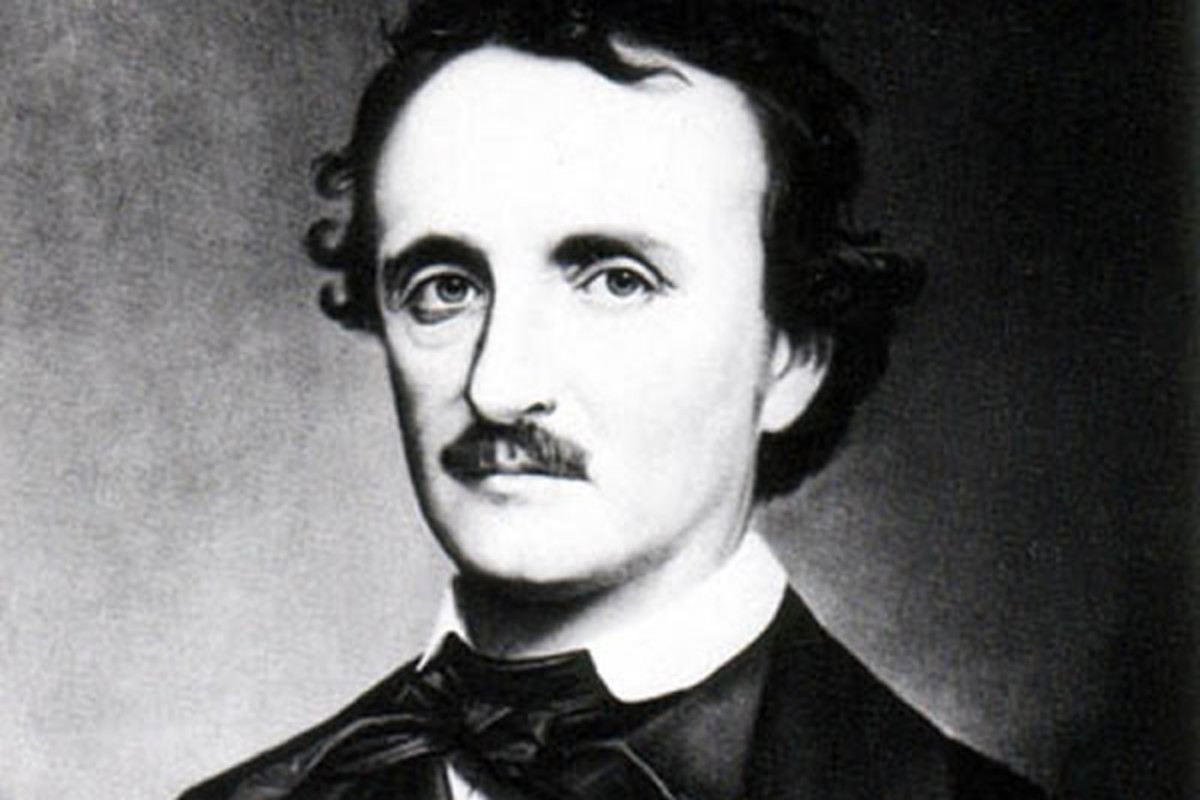- HubPages»
- Books, Literature, and Writing»
- Literature»
- American Literature
The Eyes of Gatsby
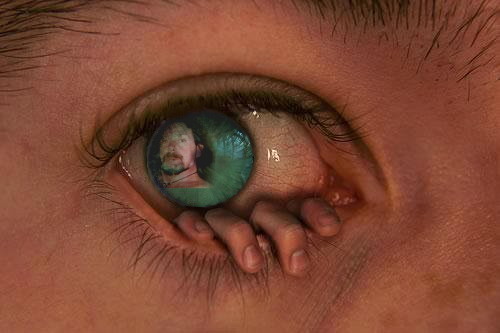
In F. Scott Fitzgerald’s novel The Great Gatsby, the reader meets the minor character “Owl Eyes” three times, twice in chapter three, and again as one of the only people to show up at Gatsby’s funeral. Eyes play an important part in the novel’s message from the cover picture, t o the eyes of Dr. T.J. Eckleburg. However, the presence of “Owl Eyes” gives Nick and the reader the truest insight as to the character of Jay Gatsby and serves as the voice of reason in his three short appearances.
On the Cover of the novel, the picture of a pair of eyes greets the reader. In the eyes’ pupils are depictions of naked woman. This serves to show the reader what is inside; a look into a time of recklessness and self-indulgence. The Carnival scene at the pictures bottom assures the reader that the story is not about hardship, or the struggle of the lower classes.
The second reference to “eyes” at the beginning of the second chapter introduces the reader to the eyes of Doctor T.J. Eckleburg overlooking the wasteland between West egg and New York. The eyes are on an aged advertisement for a bygone occultist representing a long forgotten symbol of hope for the people of the Valley of Ashes. These eyes are “…blue and gigantic—their retinas are one yard high. They look out of no face but, instead, from a pair of enormous yellow spectacles which pass over a nonexistent nose” (Gatsby 27.17). These eyes looking over the grey wasteland that is the Valley of Ashes can be indicative of the deception of a self-centered society preying on the desperate. The contrast of the optimistic yellow glasses, fading with time, overlooking the hopeless grey valley represents the false vision of the materialism of the day. These eyes offer an insight to the eyes on the cover of the book. While the eyes on the cover give the reader an insight as to what is happening, the eyes on the billboard let the reader know how it happens, showing how the days corruption preyed on the weak.
Chapter 3 introduces the reader to the third significant set of eyes in the novel of whom, because of his large owl like glasses, Nick only refers to as, “Owl Eyes.” When Nick and Jordon come across him in the library, they find him amazed to find that all the books on the shelves are real,
“What do you think?” he demanded impetuously.
“About what?” He waved his hand toward the book-shelves.
“About that. As a matter of fact you needn't bother to ascertain. I ascertained. They're real” (49.29).
Owl Eyes had seen the whole Gatsby set-up as a fraud, a charade, for whatever his purpose was. Finding the books to be authentic, he shows Nick a volume of the Stoddard Lectures, a ten volume illustrated travelogue by John Lawson Stoddard, comparing Gatsby to extravagant actor, playwright David Belasco. “See!” he cried triumphantly. “It's a bona-fide piece of printed matter. It fooled me. This fella's a regular Belasco. It's a triumph. What thoroughness! What realism! Knew when to stop, too—didn’t cut the pages. But what do you want? What do you expect?”(50.12).
Owl Eyes sees the never been read books but praises Gatsby for the façade he is putting up. He makes the insinuation that Gatsby, who has not read these books, and has only spent a small period at Oxford, might be a fraud, or like the volumes in his library, an unopened book, given what the reader actually knows about him. Nick takes notice of this and states, “He snatched the book from me and replaced it hastily on its shelf muttering that if one brick was removed the whole library was liable to collapse” (50.17). Nick realizes here from Owl Eyes observations that Gatsby’s very existence equate to a house of cards.
Later in the chapter, Owl Eyes appears again as a victim in an automobile accident. When Nick asks him how the accident happened, the response is, “He shrugged his shoulders. “I know nothing whatever about mechanics…” (58.30). Here Owl Eyes is disassociating himself with the technological characteristics of the day, namely the automobile, a symbol of wealth and status. The accident itself foreshadows the accident that killed Myrtle. The statement that, “…the wheel and the car were no longer joined by any physical bond.” (60.11), indicates that the emblematic force of the day, and the instrument that drives it are no longer in harmony. The drunken driver of the vehicle, representative of the immorality of the day suggests, “Put her in reverse” (60.13). Nevertheless, it is too late; the damage is done.
The presence of Owl Eyes there acts as a harbinger of the events to follow. Interestingly enough, Nick takes notice of this as well, as after the incident is where he reads over what he has written so far. The next time Owl Eyes appears is at Gatsby’s funeral. When he shows up, it becomes obvious that he and Nick were Gatsby’s only true friends. Gatsby did not get Daisy in the end, and for all of his wealth, and catering to the immoral ways of the time; all he got was a funeral. Owl Eyes takes off his glasses and wipes them. There is nothing more for Nick, or the reader to be seen through them. All that is left is for him to sum up Gatsby’s existence with the statement, “The poor son-of-a-bitch” (183.24).
Citation
Fitzgerald, F. Scott. The Great Gatsby. The Authorized Text. New York: Collier/Macmillan/Scribner, 1992. Print
